VOOD FEED
Be on the alert for fake vegan foods

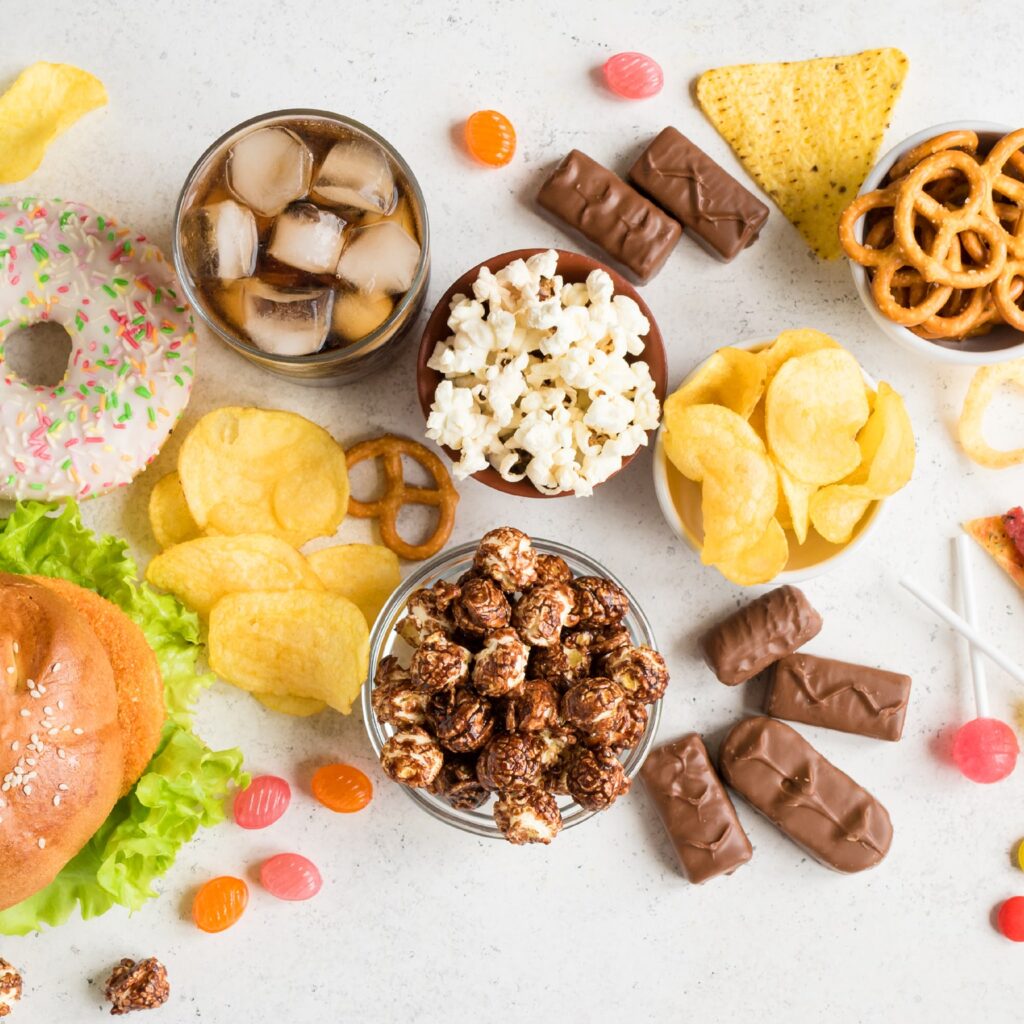
Foods you’d think were vegan but which actually contain animal products
Sitting down on the couch to watch your favorite movie in the evening with a bag of chips and a glass of fine wine can be a great way to relax after an eventful day. If you’re following a purely plant-based lifestyle and want to eat a vegan diet, you need to keep an eye on what snacks you’re eating. That’s because even products which you’d assume were vegan sometimes contain ingredients obtained from animals. So that you can avoid being tricked into eating non-vegan foods, we’ve put together an overview to help you identify where animal-based ingredients might be hiding in products which appear to be vegan.
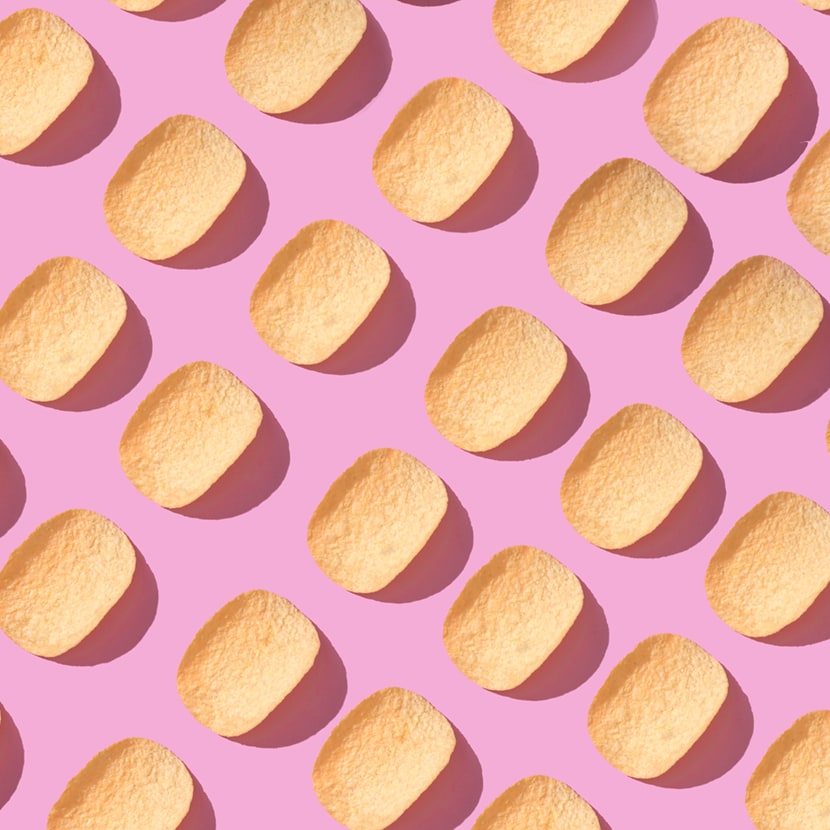
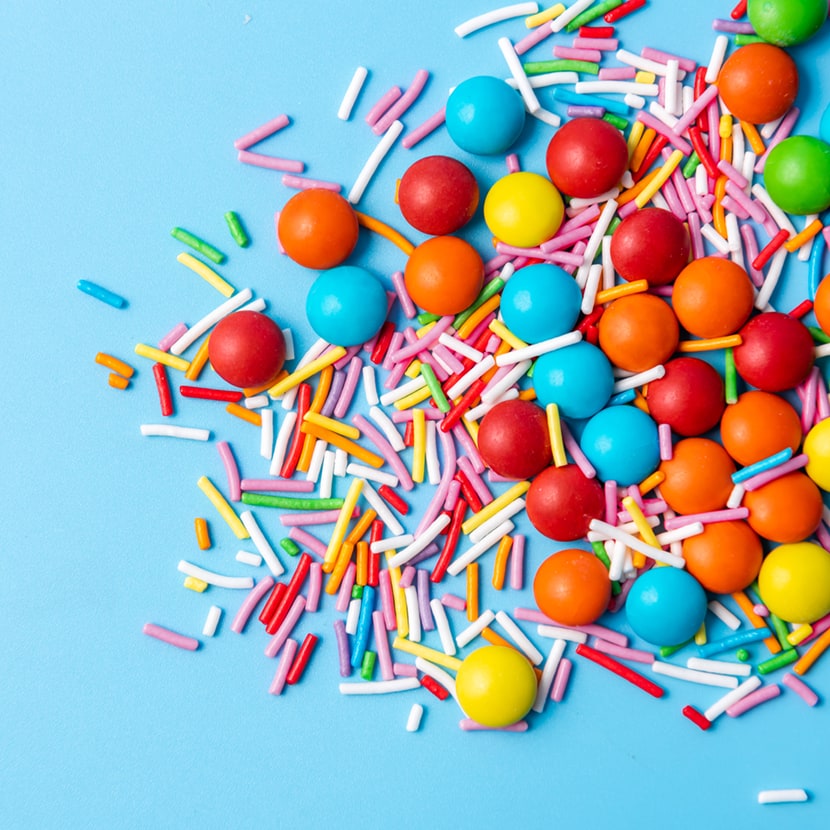
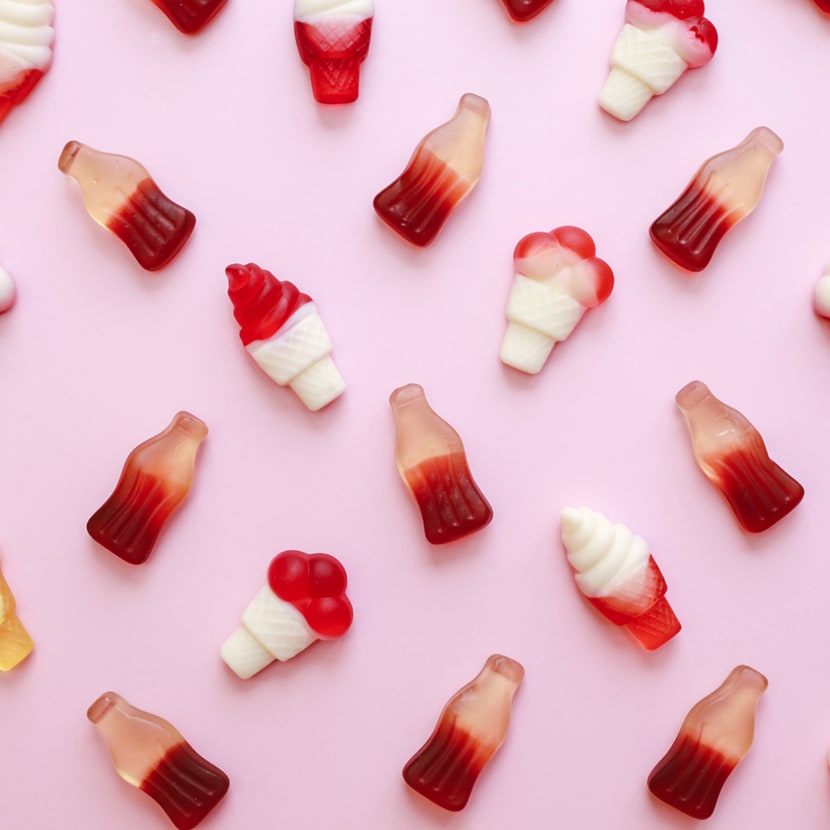
Gummy bears – trick or treat?
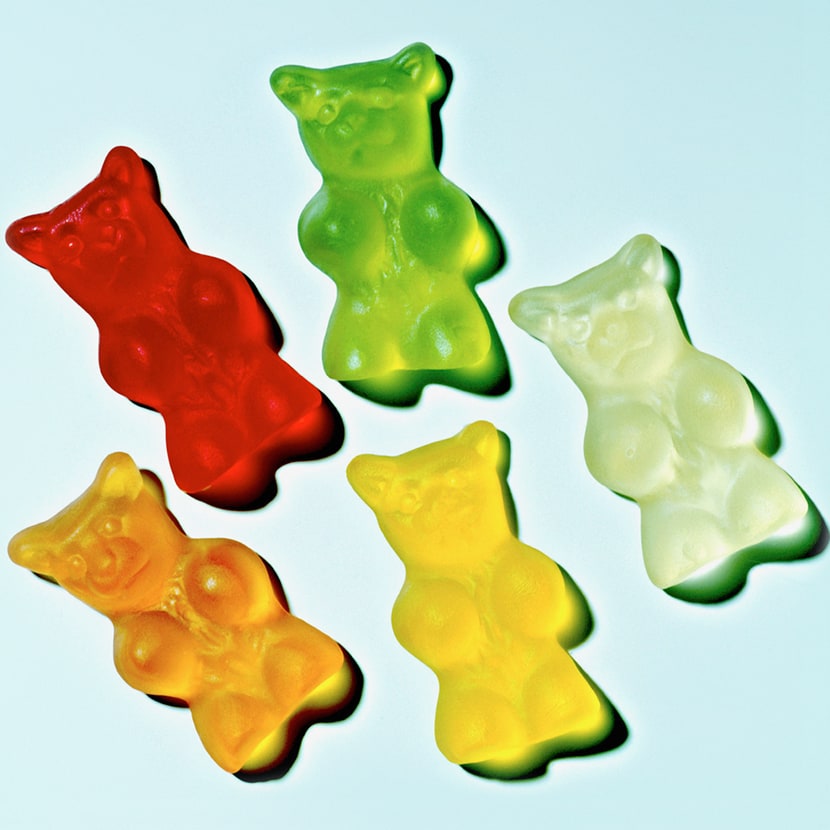
Types of candy like gummy bears appeal to us because of their sweet flavor and colorful appearance. They usually get their consistency from the processed gelatins which are high up on their ingredients list. The collagen needed to produce the gelatin is often made from the bones of cattle or pigs. So, watch out that when you buy your gummy bears, you only buy “bears” which are labeled 100% vegan.
Interestingly, foods or snacks which are dyed red are particularly likely to contain animal products. The manufacturers often use the additive “E120”. This code refers to the coloring carmine, which is obtained from dried female lice.
Gelatin – a popular all-rounder with an animal-based aftertaste
But gummy candy aren’t the only place where you’ll find gelatin: the animal-based ingredient can also be found as a flavor component in muesli, giving a helping hand in jams, or hiding in desserts which you would think were vegan. If gelatin, glutin or collagen (which are all animal products) are used as an ingredient rather than as an adjuvant, this has to be declared on the label. If, however, these additives are just adjuvants “giving a helping hand”, there is no obligation to declare them. If you want to make sure you’re only consuming vegan products, you need to do your research, or ask. Or, when in doubt, the easiest option is to only go for products which are expressly labeled as vegan – because these include a great choice of mueslis, jams, and everything you need to put together a purely plant-based meal.
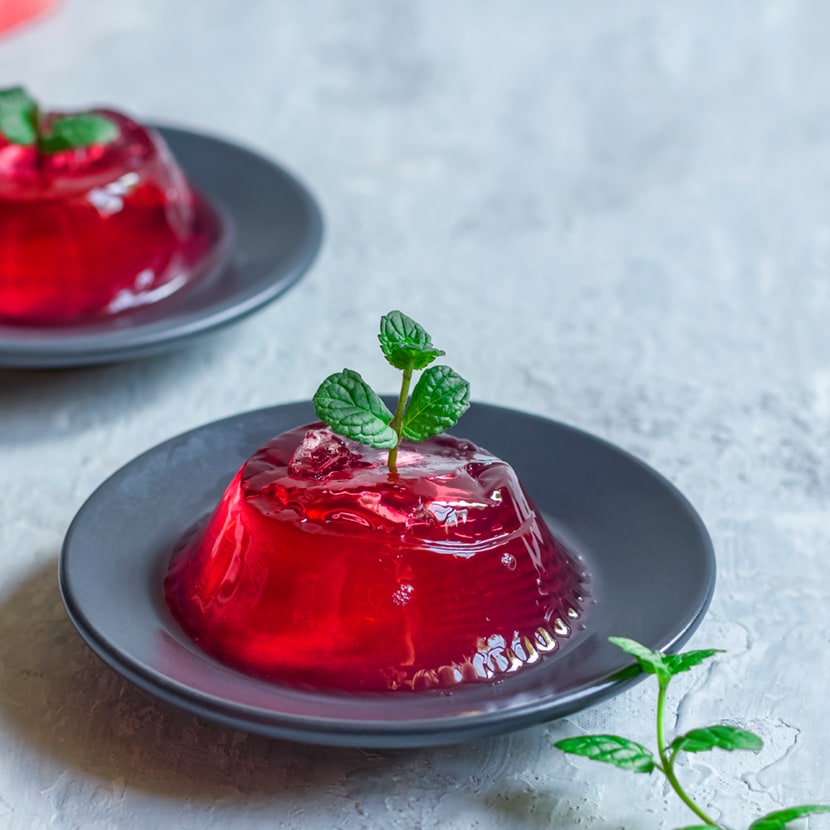
All that glitters is not vegan
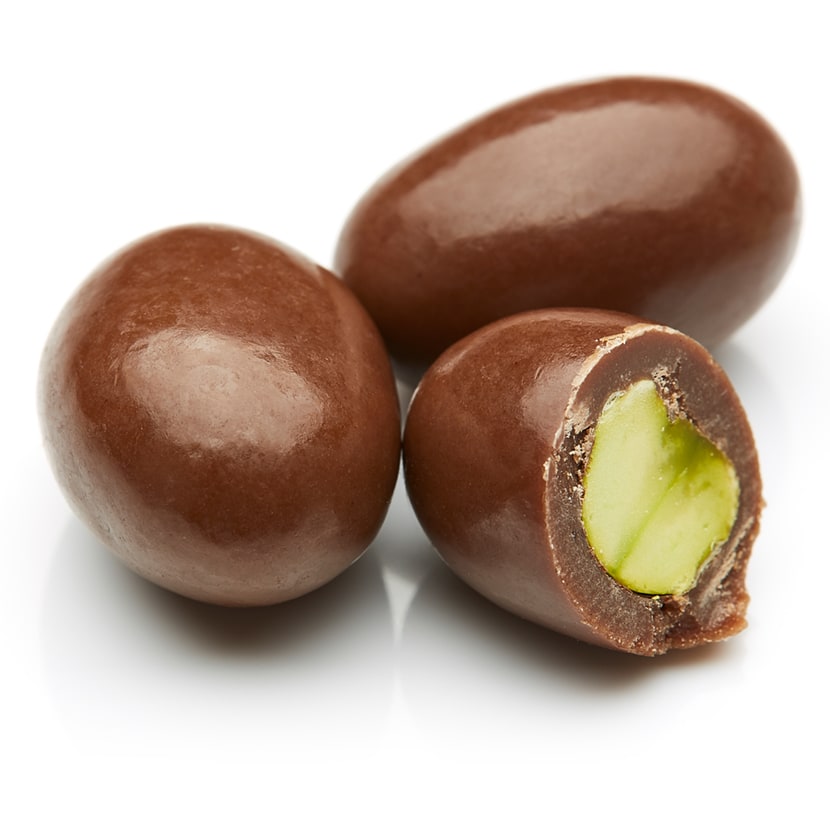
Fresh-looking, shiny nuts or shiny chocolate candy make you want to bite into them and indulge. But watch out – these kinds of foods might turn out to be “fake vegan”, too. The treats often get their beautiful shine from a shellac coating. This substance is obtained from shield lice, or rather their eggs. In order to protect them, the louse ejects a resin-like substance which is obtained and then used as the basis for shellac. If you want to be sure that you’re not consuming any animal products, you should take a closer look when buying candy such as chocolate drops, chewing gum, processed nuts, bars as well as some coffee beans… it’s better to go for the products which are labeled vegan. Unnaturally shiny fruit also needs to be researched more closely.
Good to know: to make just one kilo of shellac, you need 300,000 shield lice! That shiny apple sure doesn’t look as appealing as it did before, right?
Pigs in bread’s clothing
Few things are as enjoyable as freshly baked bread. But here, as well, the devil (or the animal-derived ingredient) can be in the detail. Ground pig bristles are added to some dough mixes in order to improve their baking properties. It sounds unbelievable, but it’s a part of our “daily bread”. To make flours easier to knead, bakeries use the legal additive L-cysteine (E920). This amino acid, which you’d think was harmless, is obtained from pig bristles and birds’ feathers.
Not great if you’re trying to follow a plant-based diet! So, next time you’re at the bakery, make sure that the bread you buy is marked vegan!
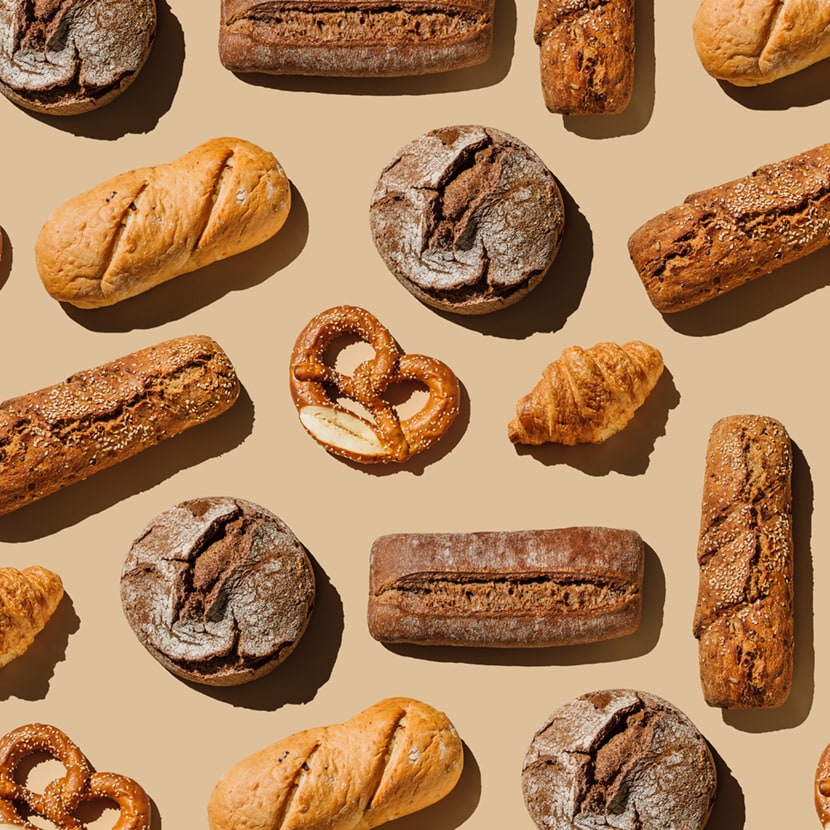
Fake vegan snacks
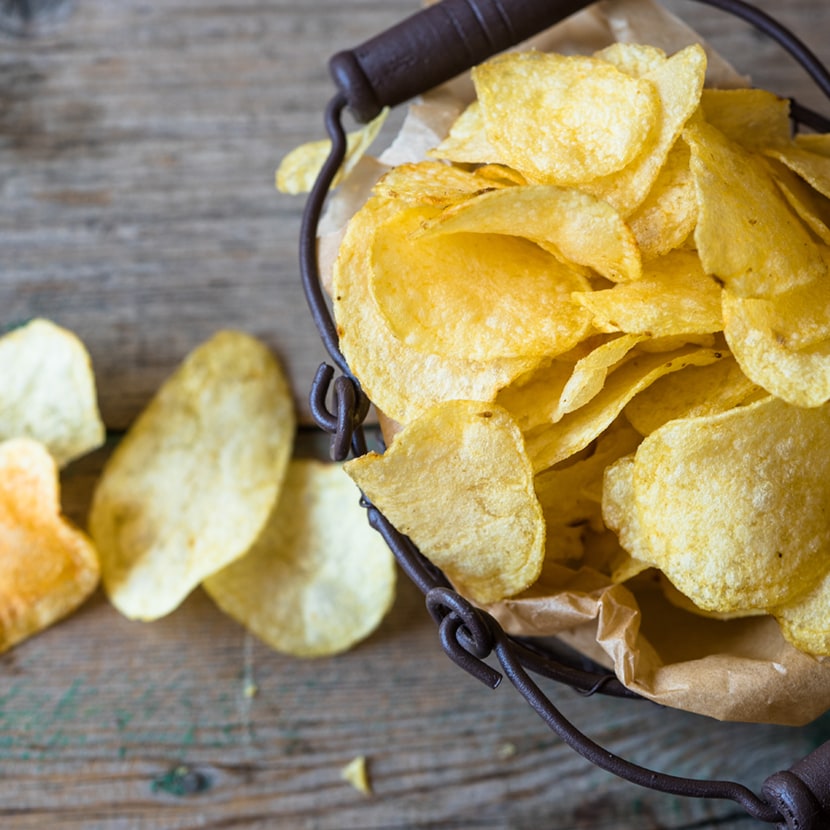
Chips, nutty snacks or peanut-flavored puffed maize snacks: if you prefer your snacks savory rather than sweet, it’s safe to say that you’re spoilt for choice. At first glance, it would be easy to assume (wrongly) that all of these snacks are vegan.
Unfortunately, things aren’t that simple. As a vegan, you have to watch out – not only for lactose, which might be used (and of course makes the salty treats non-vegan from the word go), but also for animal-derived flavorings obtained from beef, game, fish, poultry or pork which are used to create intensive flavors for potato chips etc. These don’t have to be declared on packaging, as they are legal components of carrier substances for flavorings and vitamins. That means you can only be sure you’re eating a vegan product if you find out which snacks are 100% vegan.
A refreshing drink with an animal-based aftertaste
Drinking fruit juice in the morning can be a great way to start the day. But watch out with clear juices. In some cases, animal-based gelatins are used to make the drink pure and clear. So, make sure you take a close look at the labeling.
Alcoholic drinks can also leave an animal-based aftertaste. Fish bladders or various gelatins are often used to clarify wines – which obviously isn’t compatible with a plant-based menu plan. German beer, on the other hand, is brewed in accordance with Reinheitsgebot (purity requirement), which means it’s automatically vegan. It’s not allowed to contain anything but hops, malt, yeast and water. This doesn’t apply to some beers from countries other than Germany, however. It’s worth taking a look at the label so that you’re sure your beer is really vegan.
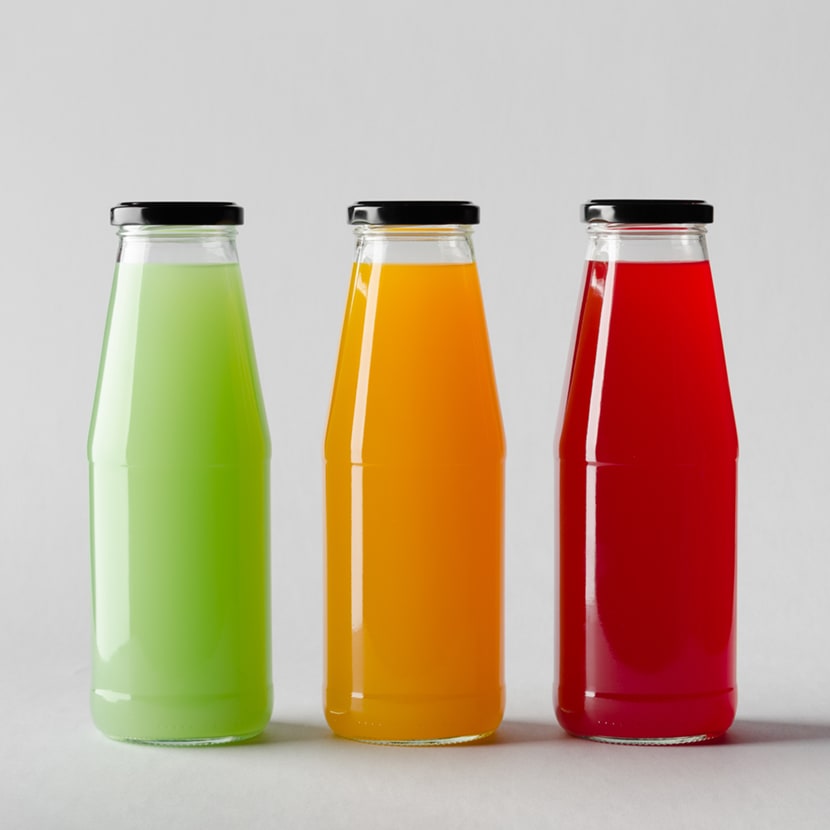
Once you know where animal-derived components can turn up in your food, you’ll get used to glancing quickly at the small print on the packaging, and then nothing will stand between you and enjoying your vegan treats on movie night!















